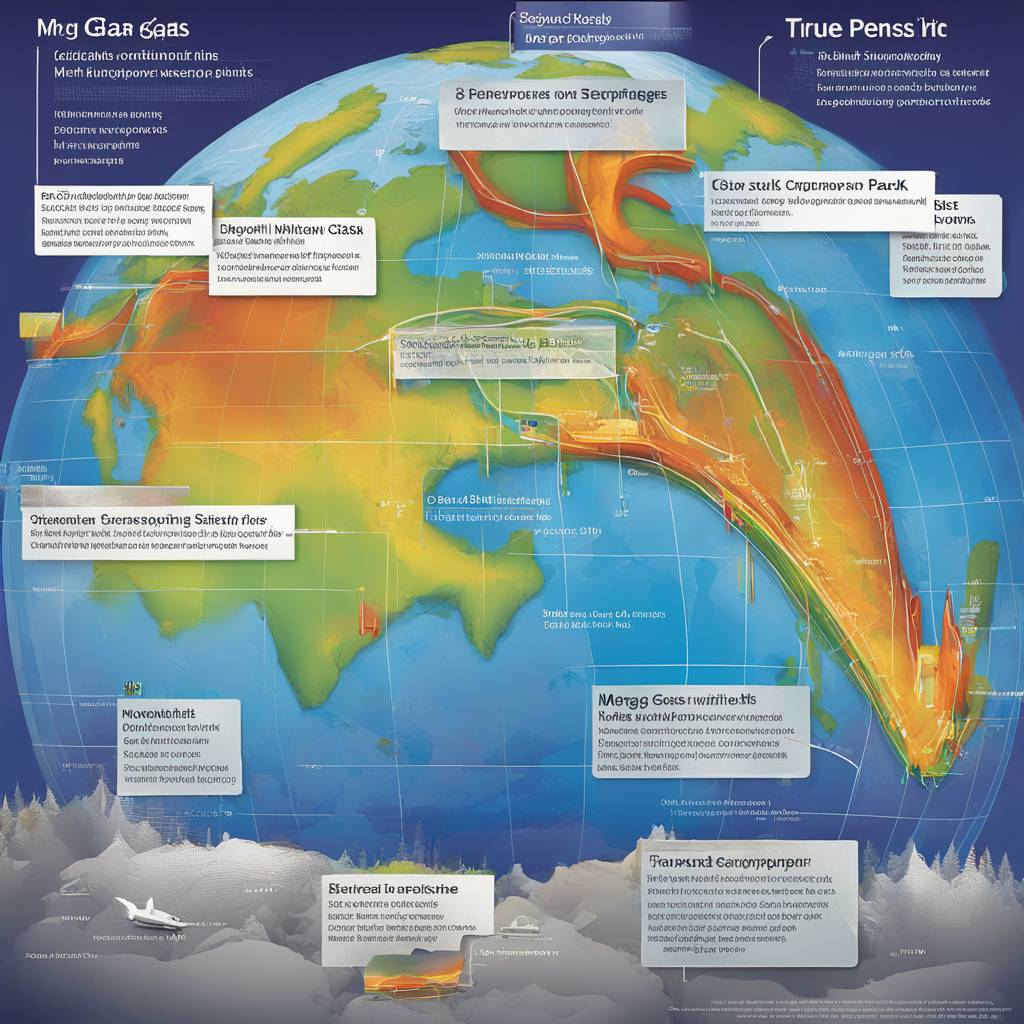The natural gas market is currently experiencing a significant oversupply, leading to a plunge in prices. This oversupply is largely due to a warmer-than-expected winter, dampening demand for heating and consequently gas in key LNG consuming countries. The recent heyday in liquefied natural gas boosted prices and profits, prompting a wave of investment in the sector. Over 150 million tonnes per annum worth of LNG capacity is currently under construction, representing a “record wave of expansion” in a market that already stands at over 400 mtpa, highlighting significant supply growth. Natural gas prices currently stand at $1.83 per MMBtu, down about 22% so far this year.
Europe is expected to benefit significantly from the current low natural gas prices, especially after Russia’s supply curtailment caused Europe’s LNG imports to expand to 35% of its total gas supply mix. Lower prices are helpful in keeping fuel imports affordable. Other key beneficiaries of the low LNG prices include India and Southeast Asia, particularly India and Thailand. Imported gas constitutes 30% to 50% of their energy supplies, and lower prices benefit them the most. India’s gas demand is highly elastic, meaning consumers are likely to buy more as prices fall. Thailand is one of the top gas consumers per capita among emerging market economies.
While ample LNG storage capacity globally suggests bearish fundamentals for prices, there is potential for demand to pick up as second-tier and emerging players such as China are enticed back into the market by low prices. Rystad Energy’s senior analyst Lu Ming Pang noted that all these factors seem to point to a price floor, suggesting that while prices have plunged due to oversupply, there may be some stabilization and potentially an increase in demand as prices remain low. This could also lead to a more balanced market in the future.
Morgan Stanley’s commodity strategists predict that the gas market oversupply will reach multi-decade highs in the coming years. This, coupled with the record wave of LNG expansion, suggests that the oversupply issue may persist for some time. However, with demand potentially picking up in key regions and lower prices making gas imports more affordable for many countries, there is hope for a more balanced market in the future. The current situation of low natural gas prices may benefit certain countries more than others, with Europe, India, and Southeast Asia expected to see the most significant gains from the oversupply and subsequent price drop.
In conclusion, the natural gas market is currently grappling with an oversupply issue that has resulted in plunging prices. While this oversupply is largely due to a warmer-than-expected winter reducing demand for heating, it has also been exacerbated by the recent wave of LNG expansion. Despite the challenges posed by oversupply, there is potential for demand to pick up as prices remain low, particularly in regions such as Europe, India, and Southeast Asia. While the market may face challenges in the short term, there is hope for a more balanced market in the future as demand potentially increases and prices stabilize.













